Tuscobia 160 Winter Ultra
Posted by Steve on 02/01/22
Last modified: 02/01/22

In late December 2019, Alex and Ian Price (known to some as simply “The Brothers Price”) dipped their Wølfgar-clad toes into the world of winter ultras. The Tuscobia 160 kicks off in Rice Lake, Wisconsin and sends riders on a 160-mile out-and-back journey along a snow-covered rail trail. Warmer- and wetter-than-usual weather made the 2019 event a slog, but the brothers prevailed. Alex and Ian’s cousin, Erik, just released the short film he made following their efforts. Watch it below and read our interview with The Brothers Price about the event. Feeling inspired? Maybe it’s time to add a winter event to your calendar.
Tell us a little bit about yourself/your cycling background.
Alex: I grew up riding bmx around town with friends and finding street spots to learn creative new tricks. I also competed in the Minnesota Mountain Bike Series races as a teenager. I remember finishing the Chequamegon 40-mile race for the first time and how proud I was to accomplish such a long race. At that time, I never thought I would ride 100+ miles in a single go, let alone in the middle of winter on a fat bike, but things change!
Ian: Spending time outside was huge growing up. It was always about finding fun outdoor activities. Pouring rain? Let’s throw a tarp down and make a Slip ‘N Slide! Snowstorm? Time to shovel a fort! Blue skies? How about a bike ride? As I got older, the bike rides started to become part of daily life. I think it was the freedom, creativity, and physical exercise that got me addicted.
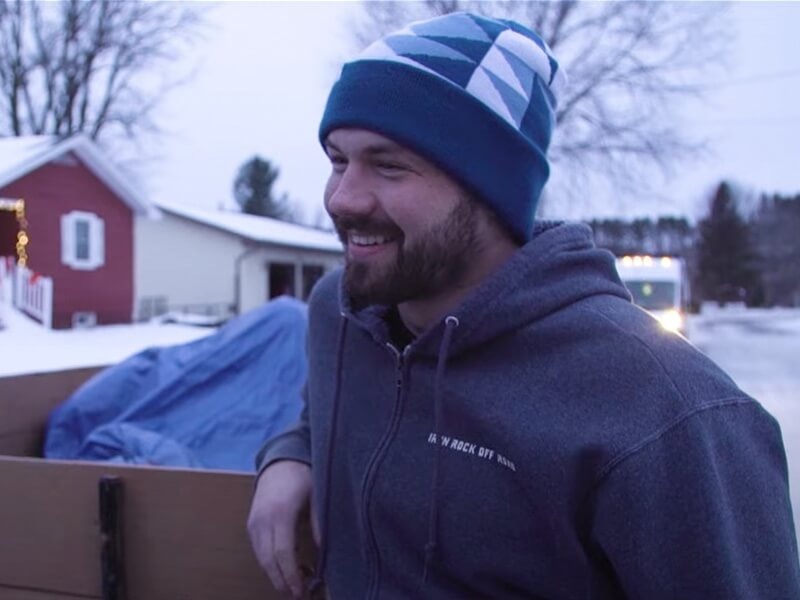
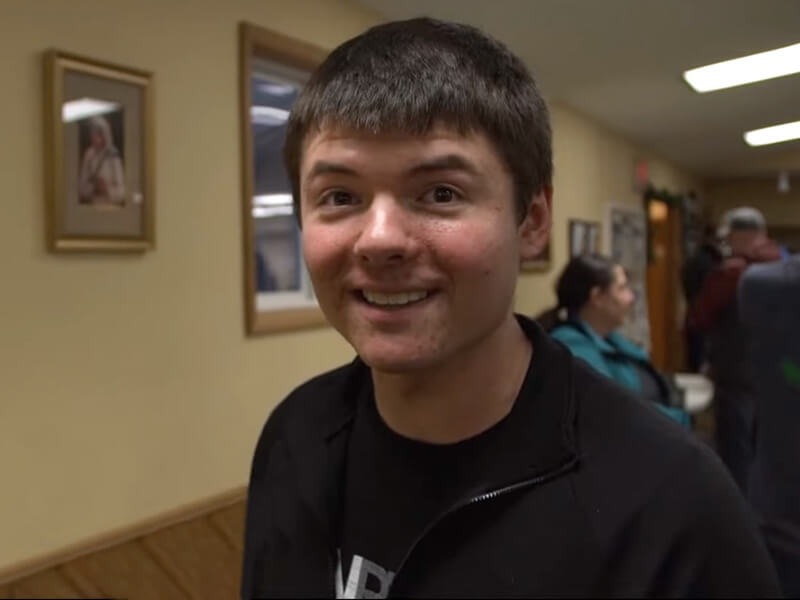
What made you decide to do the Tuscobia 160?
Alex: Finishing the Tuscobia 160 fulfills the prerequisite of completing a “100-mile winter race” in order to gain entry to the Arrowhead 135. The Arrowhead is a bucket-list race I’ve had on my radar for quite a few years and things were just lining up for it to become a reality. I figured that in Tuscobia, the lack of elevation and abundance of resources (convenience stores) on the route would make it a good race to get familiar with riding in cold environments.
Ian: I don’t remember where I first heard of Tuscobia (probably through Alex), but I do remember thinking that it’s more mileage than Arrowhead 135 and that sounds kind of badass. It’s also a straight trail with almost no elevation change so how hard can that really be?
How did you prepare? (Did you do any sort of training? How did you choose your gear? Did you consult anyone for advice?)
Alex:I did a lot of riding in cold temps to test gear, layers, and camping methods until I found something I was confident in. I had never camped in sub-freezing temperatures but found some friends with experience and shared a night out sleeping in the snow. I like to be prepared and know what I’m getting into, knowing my gear and my capabilities was a big confidence boost going into this race. I talked to a few people who had completed similar races but no matter how many questions you ask, the real preparation comes from experience. Spend some time out in nasty weather and experiment to find the methods best suited for your own body.
Ian: We participated in the 70-mile Triple D Winter Race in Dubuque Iowa. This meant we could register for the longer (160-mile) Tuscobia race. I will say the Triple D is underrated, especially if they have a fresh snowfall the night before. We thought it would be good exposure to get a feel for long-distance fat biking. This means finishing in last place, losing your GPS unit in the snow, and not bringing enough snacks or dry layers. Lesson learned.
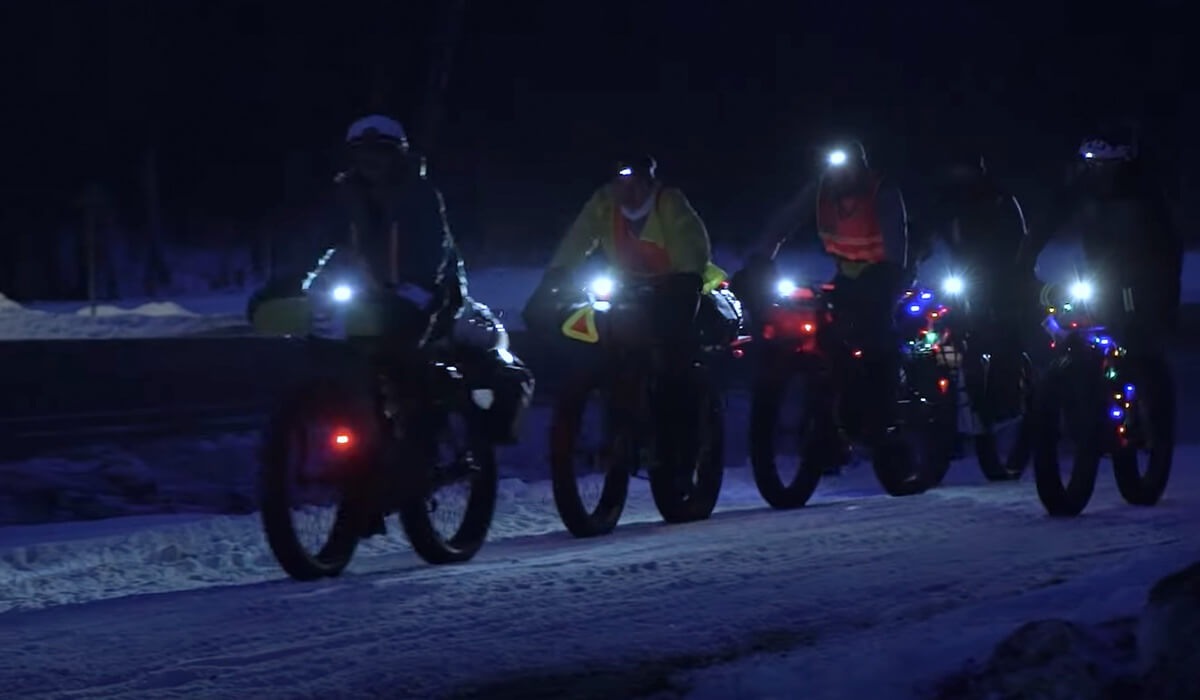
Tell us about your setup for the event (bikes, gear, etc.)? What pieces of gear would you consider critical?
Alex: My favorite thing was the 45NRTH Wølfgar boots; the removable liners were perfect for drying out at checkpoints. The 4.6” Dillinger 5 and Wrathchild tires were also immensely appreciated for attempting to ride the soft mess of mashed potatoes on the trail. I rocked a Salsa EXP Series Anything Cradle dry bag up front that was a lifesaver for keeping my spare layers dry while it rained throughout the day.
Ian:My most important gear hands down was the 45NRTH Cobrafist pogies and Wølfgar boots. I knew this race was going to be very wet and cold, so I wanted to make sure my hands and feet would be bombproof. Another really important piece of gear I brought with me was a handful of small plastic bags I could use as vapor barriers in case of an emergency.
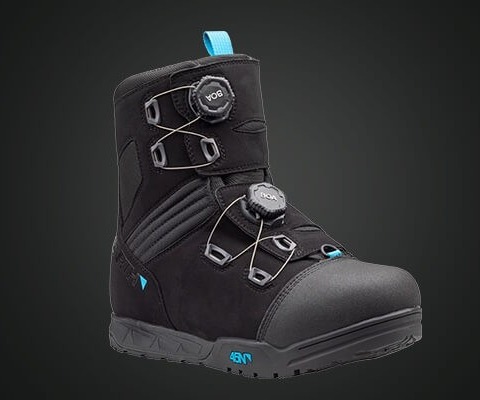
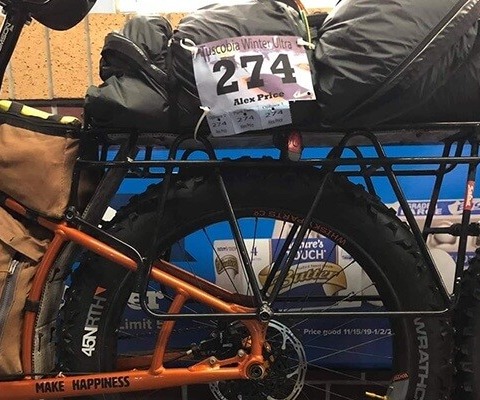
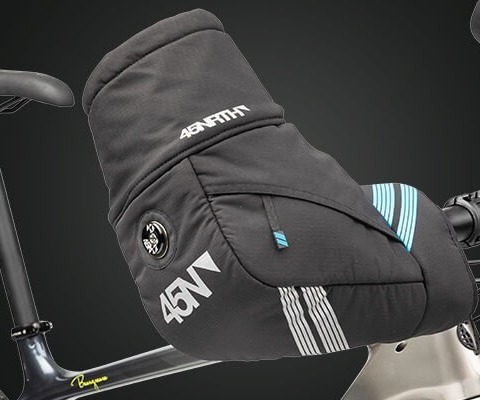
Is there anything you would add to/remove from your kit next time?
Alex: I felt I had prepared well but I was also sincerely intimidated by the length and duration of this ride, so I packed way too many extra clothes thinking I would need more dry layers than I did. I also did not take advantage of the drop bags at the halfway point, which would have kept me from having to carry all my gear the entire race.
Ian: Similar to Alex, I overpacked a lot of layers. But looking back now I probably wouldn’t change anything because then at least I’d have some dry clothes for any situation. You just never know. Aside from that, maybe an umbrella would have been nice.
How did the idea for the documentary come about?
Alex: Our cousin, Erik Kollasch, does video producing and editing for a full-time job and happened to be in town the weekend we were racing. We talked about filming it jokingly, then quickly got to work acquiring equipment for Erik to film shots throughout the race. I think for spanning a 160-mile course with a single person filming the outcome was absolutely phenomenal. Erik even found time to drive a racer back to the start who dropped out at the 80-mile checkpoint in Park Falls!
Ian: It all started as a conversation because not many videos exist out there covering the event. Before I knew it, we were fully invested in documenting this race. Our goal was to film as much as possible and showcase how difficult this race actually is.
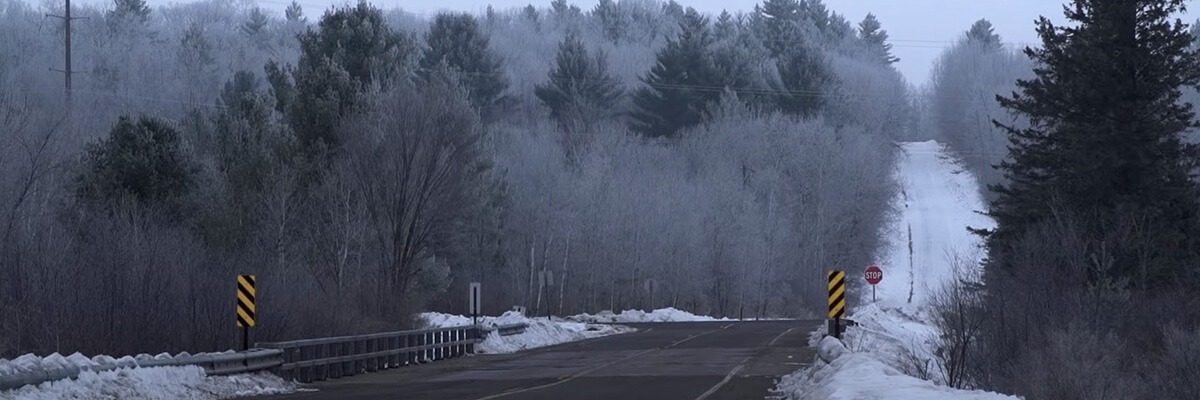
What were the conditions like on the route? What were the conditions like on the route?
Alex: The morning started off excellent, temperatures were in the low teens (°F) and snow conditions were firm and hard packed, perfect for fat biking. We even got to see a few snow flurries as the sun rose! As the day progressed, the weather got warmer and eventually the rain started…and continued for the remaining 15 hours. That wonderful snow slowly turned to a heavy slush with long, wide water crossings that would pose a challenge every mile of the ride.
Ian: Conditions were pretty far from ideal. I guess aside from the handful of cold hours before the rain started.
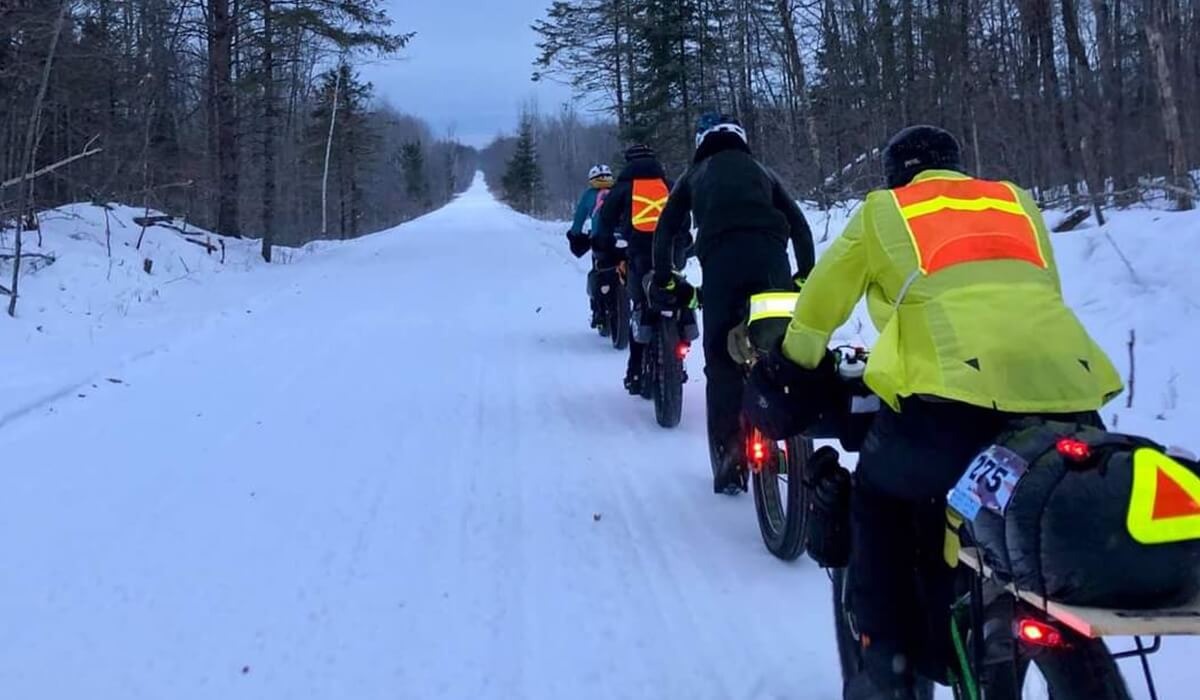
What were the most challenging moments?
Alex: Personally, the most challenging thing was the soaking wet gear I was wearing during the race. It only kept me warm if I was moving my body and generating heat, the second I stopped to get food or water I could feel my body temperature start to drop. It was really difficult for me to keep a positive mindset going through this, but I knew we had until Sunday evening to finish and that was going to happen.
Ian: Watching Alex’s taillight slowly get smaller and smaller during the last 20 miles of the race. My body was on autopilot pedaling at 4 mph while Alex was hauling ass at 7 or 8 mph. I could not hang on. A lot of people use the phrase “bonking,”meaning completely exhausted of all energy and will to continue. Alex slowed down a little to make sure I wasn’t going to pass out in the ditch and I’m grateful for that.
How did you push through those moments?
Alex: I took advantage of every opportunity to warm up and dry out my layers at checkpoints. As much as I was upset with the warm, wet conditions and my volatile attitude during the race, I kept reminding myself that I was going to get to the finish, it was just a matter of how much time it was going to take. We had almost two full days to complete this event and I had the gear and knowledge to bivy up if I got too cold or sleep deprived during the night, so my backup plan was to sleep then finish the race the next day. Thankfully there was a snowmobile club (open all night just for Tuscobia racers) 16 miles from the finish. I spent several hours there next to a warm fire drinking coffee before napping in a chair and heading back out. That safe haven was such a blessing.
Ian: I kept talking to myself, saying “You wanted to be here” and “Just keep pedaling. You’ll finish eventually.” Having those positive conversations with myself worked as a great motivator. This allowed me to find more drive and ambition to finish the race.
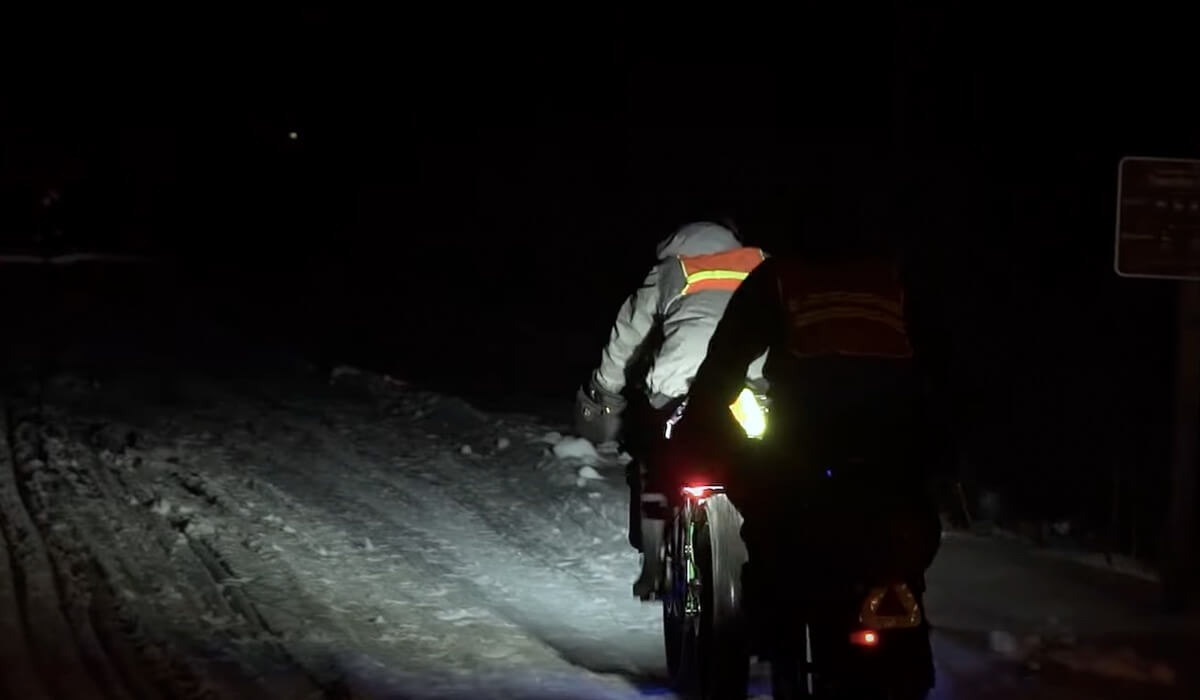
What were some of the highlights of the ride?
Alex: The cheery, upbeat volunteers scattered throughout the course were super uplifting and I loved that. It was also really cool seeing the 80-mile racers passing by going the opposite direction on the trail because the 160-mile was an out and back course. Ian and I would see if we could tell how far of a lead the first few racers had and cheer them on as they passed. It was a fun way to pass the time and keep the stoke high! Toward the end my mind was so numb and sleep deprived that I ended up biking straight past the finish, which is just to the right of the trail with a bright sign. Ian peeled off to the finish before shouting at me to come back, it was nice to end the race with some laughs.
Ian: It was fun to see cookie cutter outlines of people who fell into the ditch because of the soft snow. Shortly after seeing them, I became one of them. I was trying to eat food or re-organize something on the bike and then I literally pedaled straight into the ditch. As I got up laughing, Alex was confused as to how I ended up three feet deep in powder on the side of the trail.
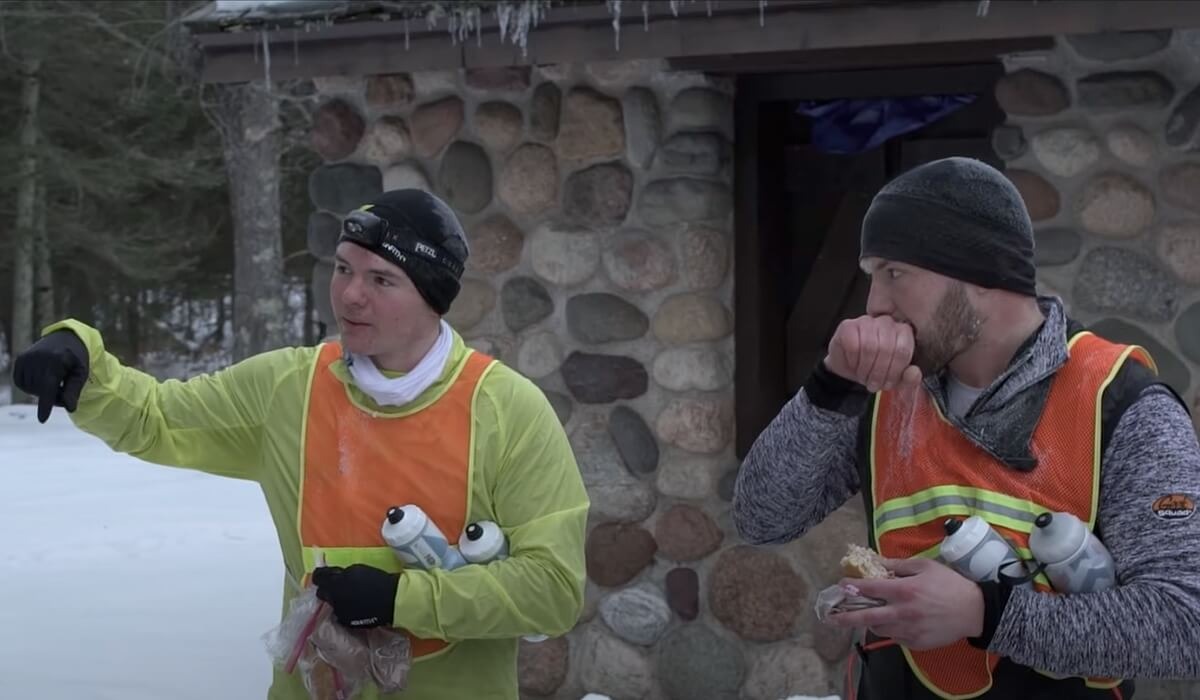
What did you do to recover afterward?
Alex: I don’t have any specific method for recovering, I went to sleep around 7 am, then slept until our checkout at 11 am and ate a giant breakfast at Norske Nook. I think I took a day off the bike to rest then quickly got back to goofing around on local trails.
Ian: I don’t really have a recovery process. I just iced my ankle and sat on the couch pretty much all day after we got back home. I washed my soaking-wet clothes, ate a frozen pizza, and biked to work very slowly the next day.
What did you learn from this experience?
Ian: No matter how hard you train, how much gear you obtain, and how many questions you ask, nothing will compare to the real-life experience from participating in winter ultras. Reflecting back, I’ve also learned how meaningful it can be to share miles on the trail with other racers. These are some of the most exciting memories I look forward to.
Alex: It’s important to constantly be thinking about how your body is feeling and immediately acting when change is needed. If my fingers are cold or I need another long sleeve layer, I stop and address it. No matter how convenient it is to tell yourself, “the next checkpoint is close and I’ll do it there,” the longer you wait, the more opportunity there is for the problem to extend beyond the point of return.
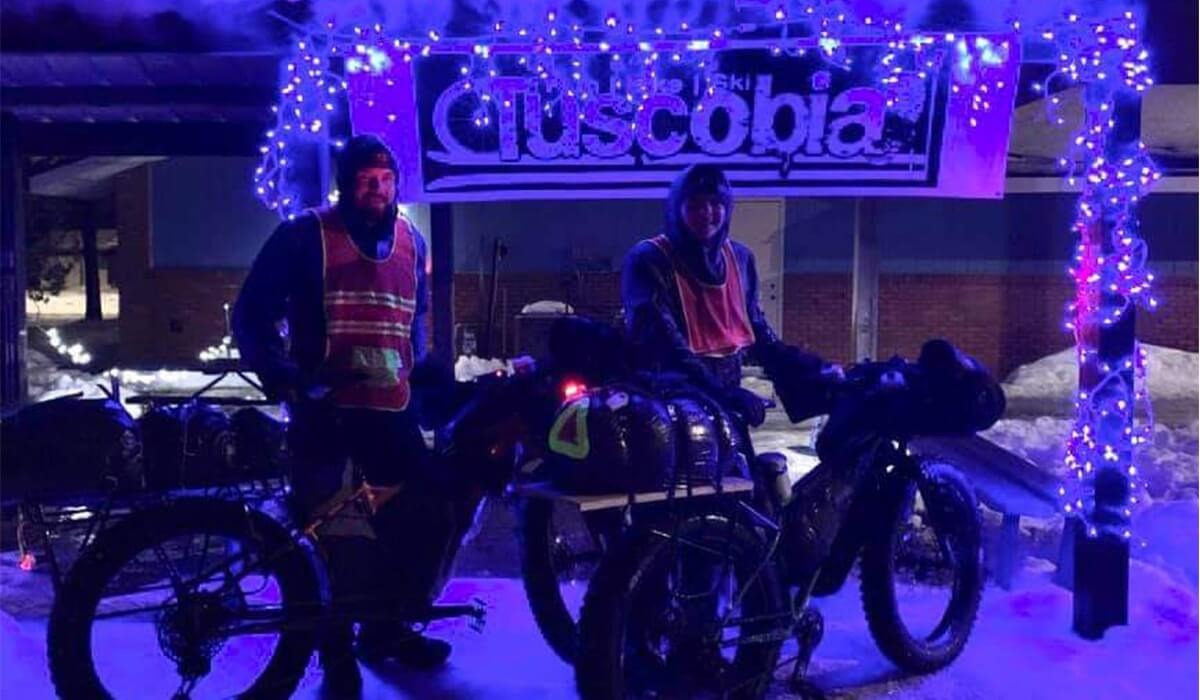
Do you have any advice for someone who might be interested in doing a similar ride?
Ian: It all comes down to exposure and willingness to commit. Think about “I am going to finish this” instead of “I might drop out depending on how I feel.” It’s about the mindset you have going into it. You can have all the resources in the world and never finish a single winter race. Or you can make the most of every situation and adjust your expectations as you go. “Maybe I won’t make the time I was hoping to finish at but at least I’m going to finish.”
Alex: I think Ian nailed it with his response, expectation management and mindset are the most important things. It’s easy to get frustrated and want to quit when things aren’t going perfectly, but it’s important to remember that almost nothing goes perfectly in a ride that can take multiple days to finish. I think this comes in waves, there will be highs where I feel great and everything is going smoothly, followed soon by harsh tests and difficult times. I remind myself those difficulties are also temporary, and if I keep adapting and pushing I will find more highs. This cycle continues, up and down, until eventually I’m at the end wondering how the hell I got there.
What’s next for you?
Ian: First and foremost — riding my bike and having as much fun as possible. But as far as “big rides” go, Alex and I are planning on riding our very own Henderson 100 route this winter. A 108-mile gravel route just south of the Twin Cities. But instead of gravel roads, we’ll be welcomed with icy descents, snow-covered MMR’s (Minimum Maintenance Roads), and our beloved fat bikes. Wanna join us? Let us know on Instagram or Facebook! @100henderson
Alex: I always struggle with this question. I’ve never been one to plan out my race calendar or have a structured timeline for events, I just kinda wing it and sign up when things align. I don’t have any harsh regimen for training, I just ride my bike as often as possible in as much weather as possible. I love getting out in snowstorms, cold temps, or rainy days — it’s a great way to test gear and gain familiarity with the conditions. After all, it isn’t every day you get the opportunity to ride in the rain!
